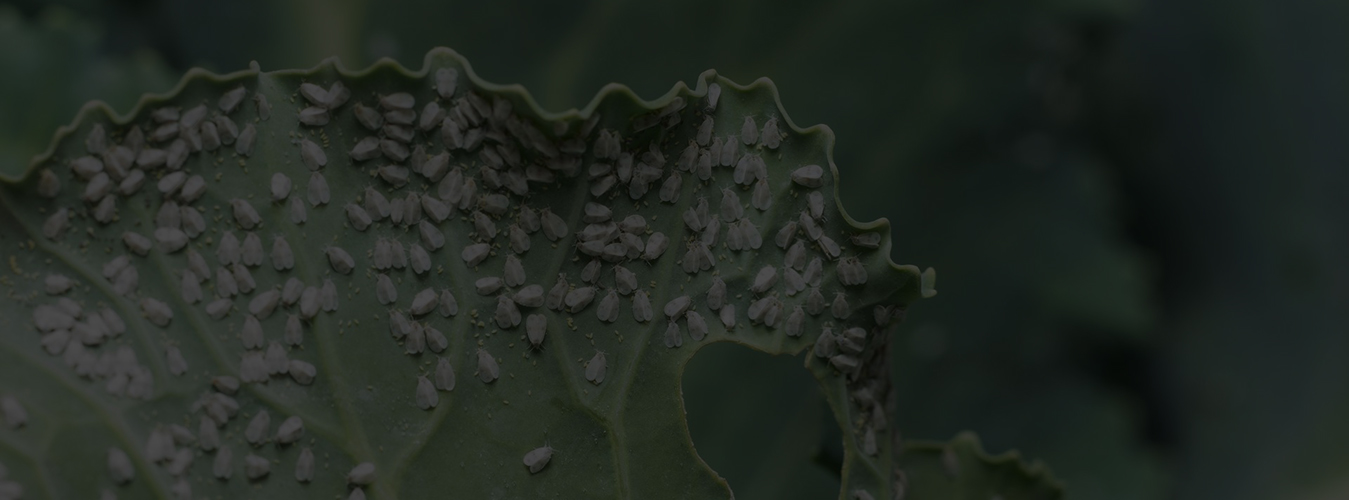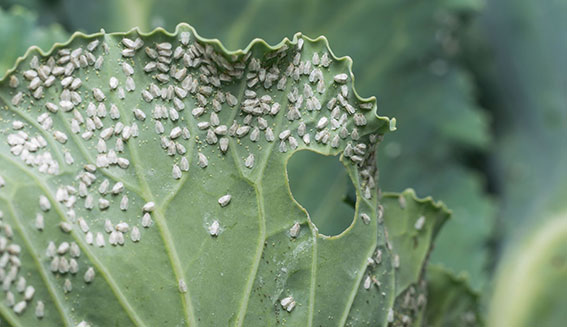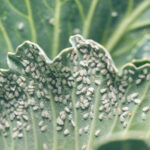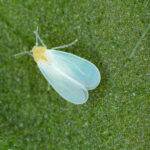Your cart is currently empty!
Damage
All stages of whiteflies feed on plant sap using piercing-sucking mouthparts. As whitefly infestations become severe, plants become yellow and lose their leaves. Whiteflies produce sticky, sugary honeydew on leaves which causes black sooty mold to colonize and reduce the attractiveness and marketability of the crops. Even worse, whiteflies are vectors that transmit plant viruses from infected plants to healthy plants.






